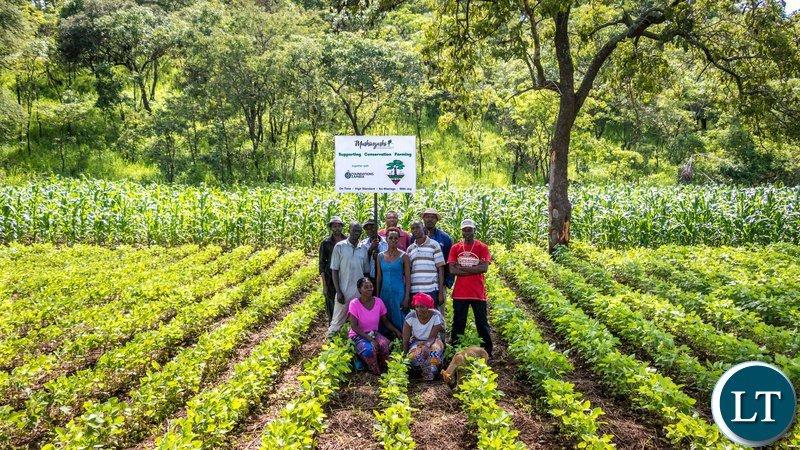Africa-Press – Zambia. Some acclaim it as a very important sector. They profess that it can be used to transform Zambia’s economy and much of economic planning in our country is based on this sector. But to what extent do Zambians know numbers about this special sector? How many do and use these numbers when making public pronouncements, in particular of its potential? What numbers can we use to reasonably understand the potential of this sector?
First, a broader context. According to Unctadstat data, World agriculture value added in the gross domestic product (GDP) in absolute values stood at $3.7 trillion in 2020 as Table 1 below shows. The breakdown of developing countries shows that developing countries of Asia, accounting for 63% dominate. Watch Africa’s microscopic absolute value of only $400 billion and share of 7% explaining its global marginalization. It equally explains international trade marginalization in the sector. You can’t export what you don’t have. It also explains why it has not been easy for the continent to transform the sector. Developing countries in Asia have $2.3 trillion in absolute values.
By the way, agriculture value added includes forestry and fishing. Worlddataview explains value added as “The net output of a sector after adding up all outputs and subtracting intermediate inputs.” Table 1: World agriculture value added in GDP in $Billions 2020 3,694 2,329 63 400 11 255 7 Source: Unctadstat
Second, I show how tiny and insignificant Zambia’s agriculture in GDP is in comparison with other African countries. Table 2 below shows that among all the fifty-five African countries and their agriculture value added, Zambia, with only $539 million ranks number 39. In Africa therefore, our country is not competitive and most agriculture is local and on a small scale among the rural population. I wonder how Zambia will compete under the Africa continental free market. When I hear that we have a lot of agricultural products to export, I wonder.
Third, performance of agriculture value added in GDP. My research explores performance during MMD rule from 2005-2010 and PF rule of 2011-2020. Despite the small size in absolute values, it was growing all the way up to 2010 during MMD rule as shown in Figure 1 below. But growth shrank during PF rule, from $2.2 billion in 2011 when they took over power down to $539 million in 2020.
Finally, I convert the foregoing numbers of absolute values or dollar values into share of agriculture value added in GDP. Shown in Figure 2 below, Zambia’s share eroded from 16% in 2005 to 3% in 2020. In other words, in the GDP, the role or contribution of agriculture to the economy is as low as 3% which is immensely unfortunate. Agriculture’s role in the economy is low due to low productivity which is also due to low financial and technical investment.
Due to its diminishing role in the economy, how can agriculture champion Zambia’s structural change or value addition, diversification, creation of quality and productive jobs, enable each household to have three good meals a day and generally reduce poverty? More investment is needed. In the past, numbers show that financial investment in agriculture has in fact been dwindling.
For More News And Analysis About Zambia Follow Africa-Press







